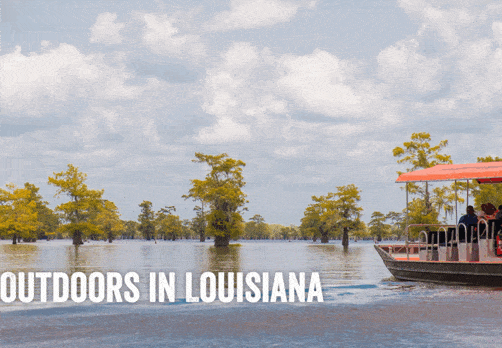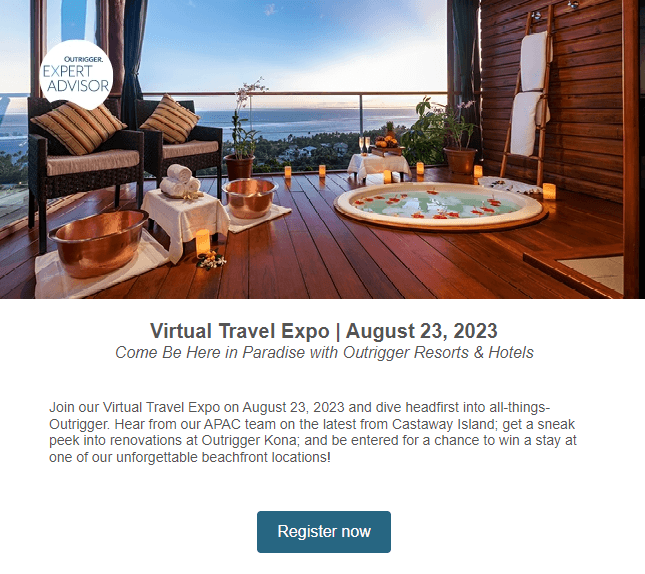River Cruising: steaming towards a port near you
Recent CLIA surveys like the one showing new waves of interest in cruising are almost old news anymore but one industry segment is growing faster than ever to create a potential tidal wave of new opportunities for travel providers: river cruising.
That’s true both in the US and where it all started: Europe.
The number of Americans taking up European river cruising has grown to over 250,000 per year, or an 800 percent increase over the past decade.
“River cruising is hot this year,” said Michelle Fee, CEO and co-founder, Cruise Planners. “Cruisers who have ‘been there, done that’ are looking for alternatives.”
It’s a different type of cruise than the typical ocean voyages that are also drawing steadily higher numbers of travelers.
What are some new wrinkles to the business and what does this mean to the travel industry?
The fast-growing Asian market continues to expand, while new cruises are being added throughout North America not only along the traditional Mississippi River but also new entries in places such as Detroit — known previously almost entirely for its automotive production. Historical cities such as Montreal and Quebec are also adding to the choices.
In the past, small cruise lines who offered river cruise itineraries tended to make them formal and sedate experiences with many motor coach tours. But that’s changing as cruise lines are investing in fleets and ships with a more modern feel and improved entertainment with amenities such as bikes on board.
“They are ramping things up and even going after the family market,” said Carolyn Spencer Brown, editor-in-chief, Cruise Critic.
Unlike behemoth ocean liners, which are increasingly becoming more like floating cities that entertain thousands of passengers, river cruises are smaller and more intimate, with the ever-changing scenery a central focus of the voyage.
It’s a European attitude Americans are just beginning to re-appreciate, says Spencer-Brown.
A major advantage of river cruising is that it’s an easy way to see areas of the world that are often not accessible aboard larger ships.
River trips often differ from traditional cruising in several important ways:
“The lifestyle of these ships is easy-going yet elegant, with an average of only 130 passengers per ship. The cabins are well-furnished, and many have French balconies and marble baths,” writes About.com.
Another obvious difference is that virtually every river cruise expense is included in one up-front price. Even shore excursions and gratuities are paid for up front.
There’s an intimate, club-like atmosphere with ships usually carrying not much more than 120 or so passengers.
And trends?
—They include larger quarters such as AmaWatrways’s newest European ship with twin balconies.
—Uniworld’s new Antoinette offers passengers an electronic button that lowers the top half of the glass window to create an open-air balcony in many staterooms.
—Avalon Waterways new Panorama ship lets guests slide open several stateroom balcony panels to create a spacious, floor-to-ceiling open air balcony.
—Viking’s River Cruises new so-called “Longships” say they have the largest real suites in Europe with separate sleeping and living rooms in each of its “Explorer Suites.” Some suites will be as large as 445 square feet.
The introduction of cruising in Detroit has given way to intense speculation over the possibility of tourism contributing to the moribund economic market that has stalled along with auto building.
Starting next year, the state will be visited 23 times by cruise ships whose itineraries showcase the Great Lakes – “yep, those lakes we take for granted,” writes The Detroit Free Press.
Other Michigan spots the ships will visit in 2012 are Wyandotte, Holland, Beaver Island, the Soo, Manistee, Saugatuck, Mackinac Island, Whitefish Point, Houghton, Munising and Charlevoix.
“It is fantastic news for Michigan tourism — and could mean an influx of more than 2,500 tourists to visit our shores,” writes The Free Press.
The $2,500-$9,000-per-person cost in this case will be typical river style: costs includes lodging, on-ship meals, tours and excursions, an educational program, taxes and gratuities.
For travel agents, the river cruise craze is a new source of potential and perhaps untouched income.
Lines are aggressively seeking out agents to locate new cruise guests to fill the increased industry capacity.
Many agents, in turn, say more needs to be done to educate potential clients.
By David Wilkening
 United Kingdom
United Kingdom United States
United States Asia Pacific
Asia Pacific












































BA suspending all Heathrow to Abu Dhabi flights
Turkish Airlines flight in emergency landing after pilot dies
Unexpected wave rocks cruise ship
Woman dies after going overboard in English Channel
Foreign Office issues travel advisory for winter sun destinations